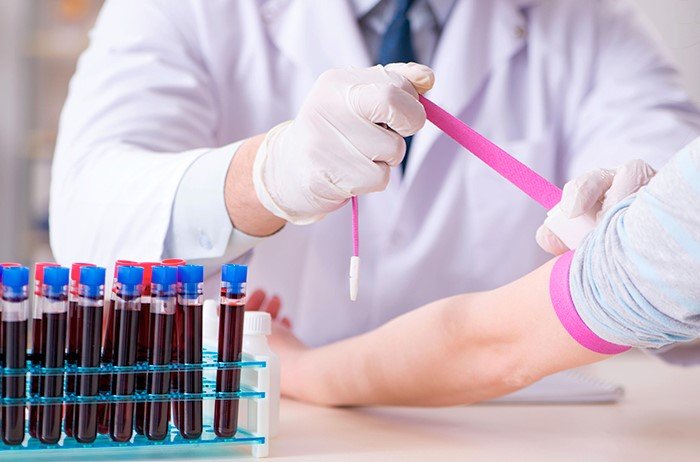Improving Efficiency and Cost-Effectiveness in Hospital Equipment Management: A Comprehensive Guide
Summary
- Implementing inventory management systems can streamline the Supply Chain process and improve efficiency.
- Utilizing data analytics and technology can help hospitals make informed decisions about equipment management.
- Collaborating with suppliers and standardizing processes can lead to cost-effectiveness in hospital equipment management.
Introduction
Hospital supply and equipment management are crucial aspects of running a successful healthcare facility in the United States. Efficient Supply Chain management not only ensures that hospitals have the necessary equipment and supplies to provide quality patient care but also plays a significant role in controlling costs. In this article, we will explore some of the most effective methods for improving Supply Chain efficiency and cost-effectiveness in hospital equipment management.
Utilizing Inventory Management Systems
One of the most effective methods for improving efficiency in hospital equipment management is the implementation of inventory management systems. These systems help hospitals keep track of their supplies and equipment in real-time, allowing for better inventory control and reducing the risk of stockouts or overstocking. By having a clear view of their inventory levels, hospitals can optimize their procurement process, minimize waste, and ensure that essential supplies are always available when needed.
Benefits of Inventory Management Systems
- Streamline Supply Chain process
- Reduce stockouts and overstocking
- Optimize procurement process
- Minimize waste
Utilizing Data Analytics and Technology
Another effective method for improving Supply Chain efficiency in hospital equipment management is the use of data analytics and technology. By collecting and analyzing data on Supply Chain operations, hospitals can identify areas for improvement, track key performance indicators, and make informed decisions about equipment management. Advanced technology such as RFID tracking and automated inventory systems can also help hospitals streamline their processes and reduce manual errors.
Advantages of Data Analytics and Technology
- Identify areas for improvement
- Track key performance indicators
- Make informed decisions
- Streamline processes
Collaborating with Suppliers
Collaborating with suppliers is essential for ensuring cost-effectiveness in hospital equipment management. By working closely with suppliers, hospitals can negotiate better prices, establish long-term relationships, and receive discounts for volume purchases. Standardizing processes with suppliers, such as using standardized equipment and ordering protocols, can also lead to cost savings and improved efficiency in the Supply Chain.
Benefits of Collaborating with Suppliers
- Negotiate better prices
- Establish long-term relationships
- Receive discounts for volume purchases
- Standardize processes
Conclusion
Improving Supply Chain efficiency and cost-effectiveness in hospital equipment management is essential for ensuring that healthcare facilities can provide quality care to patients while keeping costs under control. By implementing inventory management systems, utilizing data analytics and technology, and collaborating with suppliers, hospitals can streamline their Supply Chain processes, make informed decisions, and reduce costs. These methods, when combined, can help hospitals optimize their equipment management practices and ultimately improve patient outcomes.

Disclaimer: The content provided on this blog is for informational purposes only, reflecting the personal opinions and insights of the author(s) on the topics. The information provided should not be used for diagnosing or treating a health problem or disease, and those seeking personal medical advice should consult with a licensed physician. Always seek the advice of your doctor or other qualified health provider regarding a medical condition. Never disregard professional medical advice or delay in seeking it because of something you have read on this website. If you think you may have a medical emergency, call 911 or go to the nearest emergency room immediately. No physician-patient relationship is created by this web site or its use. No contributors to this web site make any representations, express or implied, with respect to the information provided herein or to its use. While we strive to share accurate and up-to-date information, we cannot guarantee the completeness, reliability, or accuracy of the content. The blog may also include links to external websites and resources for the convenience of our readers. Please note that linking to other sites does not imply endorsement of their content, practices, or services by us. Readers should use their discretion and judgment while exploring any external links and resources mentioned on this blog.
